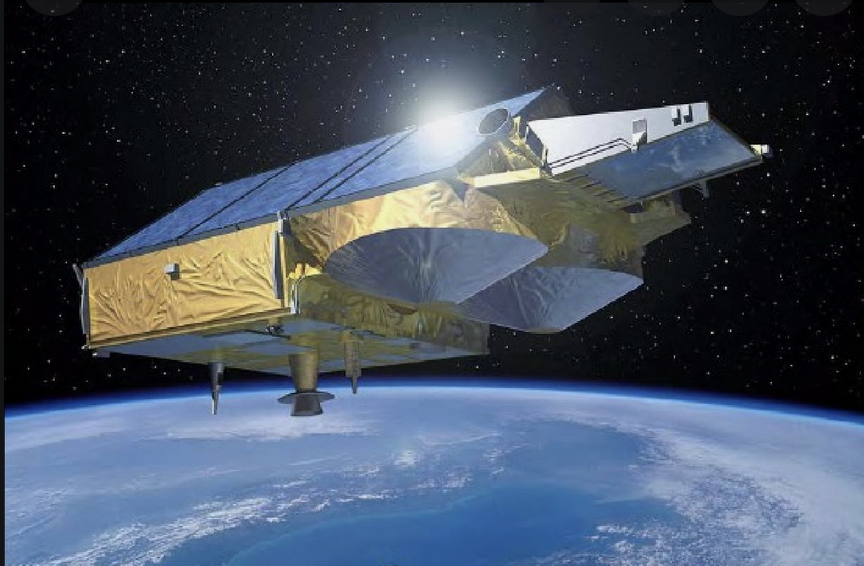
The European meteorological satellite agency, EUMETSAT, has consolidated its position as a leading provider of weather, climate and Earth system data, announcing a series of new agreements, contracts and data exchange arrangements today.
Many of the new arrangements, approved by EUMETSAT’s governing council this week, flow from the organization’s recent signing of the Copernicus 2.0 agreement with the European Union.
The EUMETSAT Council approved a four-party arrangement between EUMETSAT, the European Centre for Medium-Range Weather Forecasts (ECMWF), Mercator Ocean International and the European Environment Agency to continue to cooperate on the Copernicus data and information access service platform, WEkEO, from 2022 to 2028.
“The WEkEO platform makes Copernicus data easily available to a growing number of Earth observation data users through a federated, cloud-based platform that brings each of the organisation’s particular strengths into play,” EUMETSAT Director-General Phil Evans said.
“As an operational agency, one of EUMETSAT’s strengths is its end-to-end responsibility for satellite systems. The council today approved the implementation arrangement for cooperation between EUMETSAT and the European Space Agency (ESA) on the Copernicus anthropogenic carbon emissions monitoring mission, CO2M.
“EUMETSAT will operate the CO2M satellites and receive, process and disseminate their data, which will be crucial for monitoring carbon emission reduction efforts globally, in line with the Paris Agreement.”
The council also approved a multiannual agreement for EUMETSAT to provide satellite data records to the ECMWF, for the Copernicus Climate Change Service (C3S), which it hosts.
“EUMETSAT has a unique capability to generate these records in a traceable way that is unprecedented in Europe and has already proven invaluable to the C3S,” Evans said. “The agreement approved today extends that cooperation between EUMETSAT and the ECMWF at a time when precise and verifiable data about the Earth’s climate has never been more important.”
The council has also agreed that the European Weather Cloud platform, a joint EUMETSAT and ECMWF initiative, should transition from a pilot project to fully operational status in 2022.

“The European Weather Cloud is a critical development for meteorological services throughout Europe,” Evans said. “It provides access to data from EUMETSAT, the ECMWF and national meteorological services on one cloud-based platform and allows meteorological services and other users to process the data on the platform.
“The aim of the initiative is to bring tangible improvements to weather forecasting accuracy through access to data and ease of use.”
Meanwhile, EUMETSAT will sign a €9.5 million contract with CloudFerro to procure cloud services for its own data access platforms and the European Weather Cloud.
Additionally, the EUMETSAT Council approved arrangements with two of the organization’s key international partners, Russia and Canada.
EUMETSAT will enter into an arrangement to receive data from Roshydromet’s Arctica-M N1 mission, if consent can be received to redistribute the data without restriction.
The Arctica satellites will fly on a highly elliptical orbit, which provides data about arctic weather, ice cover and climate, and also information for aviation meteorology and disaster monitoring, that is not obtainable from other orbits.
And EUMETSAT will renew its memorandum of understanding with Canada’s Department of Environment for long-term cooperation relating to meteorological satellites, climate monitoring from space and space weather.
